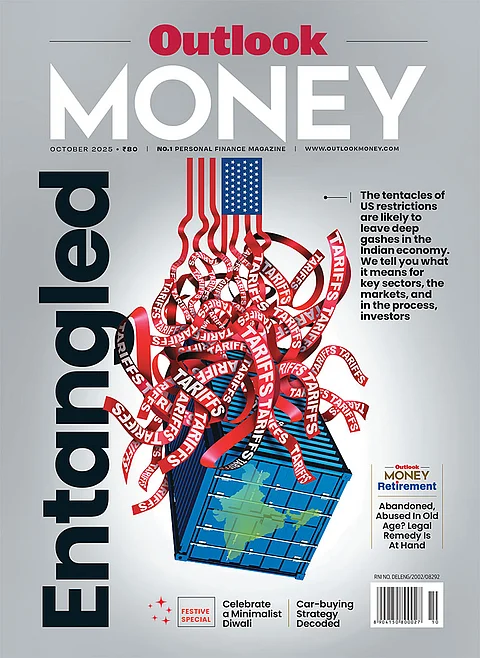Risk-return profile of an investment portfolio is optimised through a reasonable amount of diversification in asset classes and the sub-asset classes to which the exposure is taken. In equity, this diversification may be achieved by investing in different market caps, sectors or specific themes. One such diversification that is becoming popular is international investments or foreign currency investments.
The fundamental principle - the risk profile - is quite different from Rupee-based or domestic investments. While making overseas investments, one converts Rupee into foreign currency to buy assets, say, equity. While selling or redeeming the investments the reverse conversion happens. During such conversions, forex risk comes in, depending upon whether the Rupee is stronger or weaker, in relation to the original position. If Rupee is weaker then you make a currency gain, and if Rupee is stronger, then there is a currency loss. In the case of pure Rupee-based investments, the only risk that you have is market or price risk.
There has been a consistent depreciation in the Rupee against the US Dollar and other majors, in the last three decades. While this depreciation used to be around 5 per cent in earlier decades, it has come down to around 2 to 3 per cent, per annum in the recent years. This reduction in depreciation adds to returns. Besides, major markets like the US equity have been doing well in the last few years because the economy was doing well, and corporate profitability surged. There is a significant amount of profits, which US corporates make in other countries and this also helps the local equity. The asset movement to US Dollar is a normal phenomenon as the currency enjoys a safe haven status.
There are multiple avenues in international investments like investing directly into overseas equity, dedicated mutual fund schemes, Liberalized Exchange Rate Management System (LERMS) facility to the tune of $250,000 in Alternative Investment Funds (AIFs) or commodity or real estate products.
While investing in stocks, one needs to know the scrip selected and the sector offer sufficient comfort in the long term. Quite often, one may be swayed by the price movements looking at a Tesla, Apple, or Walmart. The recent fall in the tech stocks emanated from the feeling that they may be overvalued or relatively more expensive.
In the mutual fund space, there are US-centric funds as diversified funds, which invest into multiple countries and currencies. Some have done extremely well in the last two to three years. Even with the fall in economy and markets due to the pandemic, the markets have bounced back. The economy, which is in a bad shape, is yet to catch up with the pace of the markets in a meaningful way, may be in another three to four quarters.
The amount of $2,50,000 is a limit that is freely available for those who want to invest abroad. It is an act of diversification and the portfolio allocation may be anything between 5 to 10 per cent.
In disciplined international investing, it is useful that advice is sought from experienced wealth managers as these products differ in terms of exposure, efficiency and cost structure. Funds which have exposure to US and Europe have done a shade better than plain US funds. Products from the ETF space too have done quite well, and are cost efficient.
Investments in international funds and products are likely to rise as India integrates itself with the rest of the world, and those who diversify intelligently are going to benefit over time.
The government introduced a 5 per cent tax deducted at source on foreign remittances, which may act as a disincentive for those who make or wish to make international investments. It may be helpful if the rate is reduced to keep the momentum in international investing alive.
The author is CEO, Emkay Wealth Management







